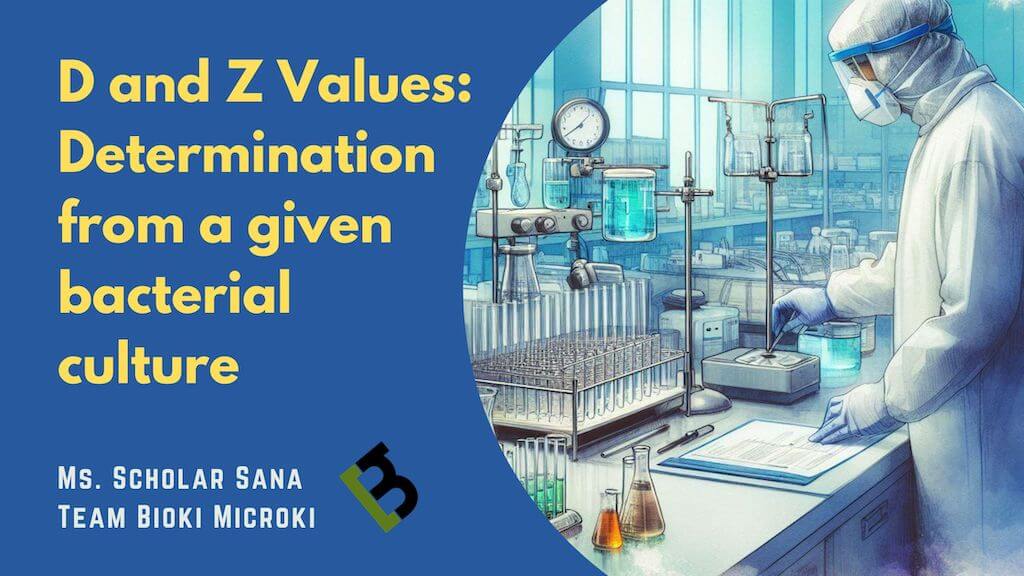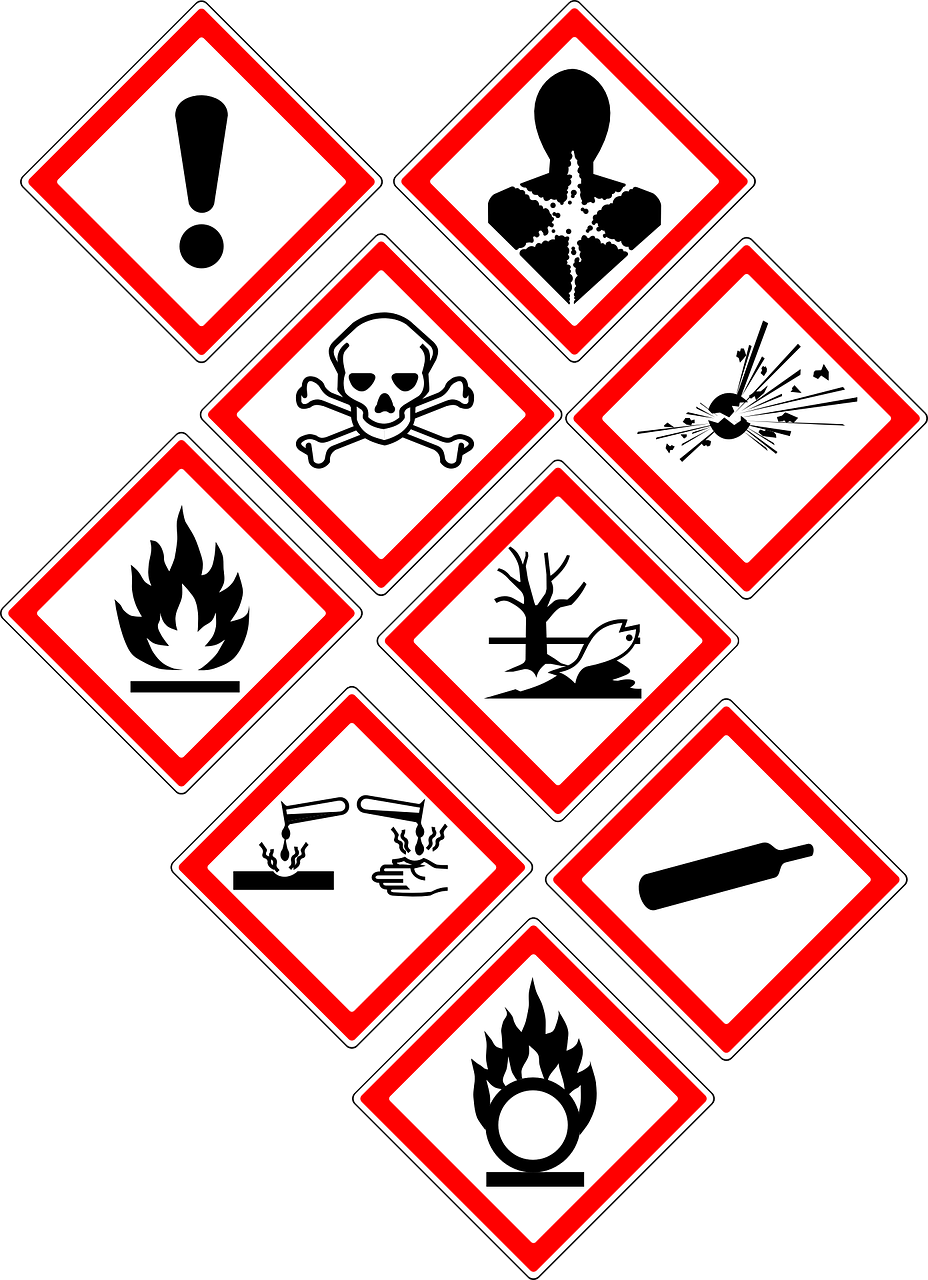The History of Microbiology is a fascinating one. If you are into learning Microbiology and knowing a bit of history along with it, do read

As students of Life Sciences, don’t we all need more of that lovely coffee? One of the peak times for such craving is when you

A pH indicator is basically a chemical compound which is added to a solution to visually determine the pH (acidity or basicity) of the solution. The characteristic

Microbiology is a field of Life Sciences which deals with the study of all living organisms which are too small to be observed by the

Nomenclature is the set of rules and conventions which preside over the naming of taxa, while Classification is the grouping of organisms on the basis

Determining the Phenol Coefficient of Test Disinfectant Phenol coefficient test is one of the methods used to estimate the disinfecting power of any disinfectant. Introduction

Introduction In Microbiology Laboratory, the required material is sterilized either by dry or moist heat, but not every required material can be sterilized with heat.

Media Preparation has become really simple these days. It is quite easy to make any complex media owing to the scientific advancements. Media Preparation Microorganisms

Introduction to Indole Test: Indole test is used for characterization of coliforms. Coliforms are the bacteria that are present in our digestive system. The coliforms

D and Z values are important terms to determine the efficiency of sterilization by using heat. Heat is one of the best physical methods for

Biosafety Cabinets are one of the most interesting safety equipments in a scientific lab. Often a part of sci-fi movies, these Biosafety Cabinets are enclosed

GLP definition GLP is short for Good Lab Practices which encompasses all the standard lab practices which enhances quality and maintains safety norms in a

Need more help? Click here.

An aspiring and budding Microbiologist should always initiate their study by first understanding and learning Good Laboratory Practices (GLP). These Practices are general rules and

Microflora is nowadays being considered as a misnomer as the term Microbiota is becoming more common in parlance. Table of Contents Introduction to Presence of
